
Table of Contents
ToggleIntroduction
Pakistan is home to some of the largest and most spectacular glaciers outside the polar regions. Nestled in the Himalayas, Karakoram, and Hindu Kush ranges, these glaciers are a testament to the country’s breathtaking natural beauty. They not only shape the landscape but also feed rivers, support ecosystems, and attract adventurers from around the world. From the massive Baltoro Glacier to the serene Passu Glacier, Pakistan’s icefields are truly mesmerizing.
1. Baltoro Glacier (Gilgit-Baltistan)
One of the longest glaciers in the world, the Baltoro Glacier stretches over 63 kilometers in the Karakoram Range. It provides access to some of the highest peaks, including K2, Broad Peak, and Gasherbrum I & II.
Why visit:
- Stunning views of towering peaks and icefalls
- Gateway for mountaineers and trekkers
- Unique trekking experience through remote terrain
Tips: Trekking requires preparation and a local guide. Best visited in summer (June–August).
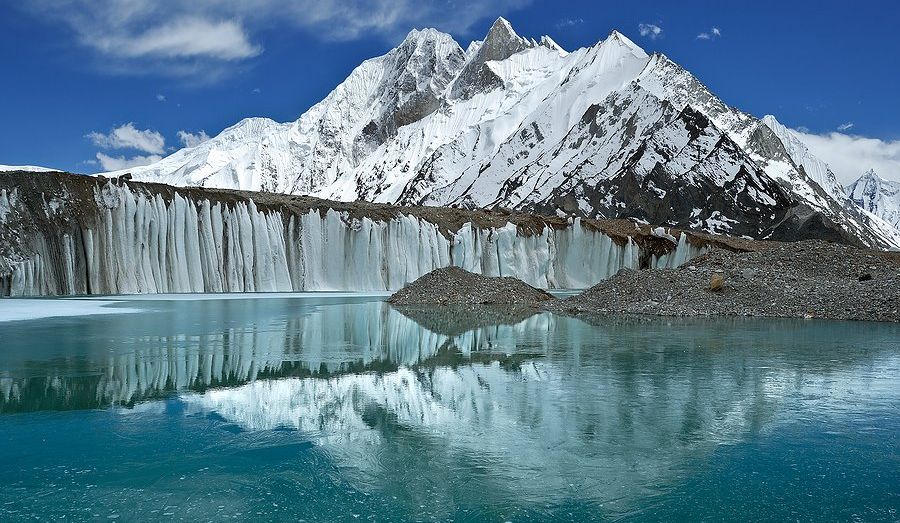
2. Batura Glacier (Hunza Valley)
The Batura Glacier is the largest outside the polar regions in Pakistan’s Karakoram and stretches approximately 57 kilometers. It lies near Hunza Valley, offering breathtaking views of the surrounding mountains.
Why visit:
- Access to Hunza’s scenic villages and peaks
- Less crowded than Baltoro, offering solitude
- Spectacular photo opportunities
Tips: Combine your visit with a trip to Passu Cones and Hussaini Suspension Bridge.
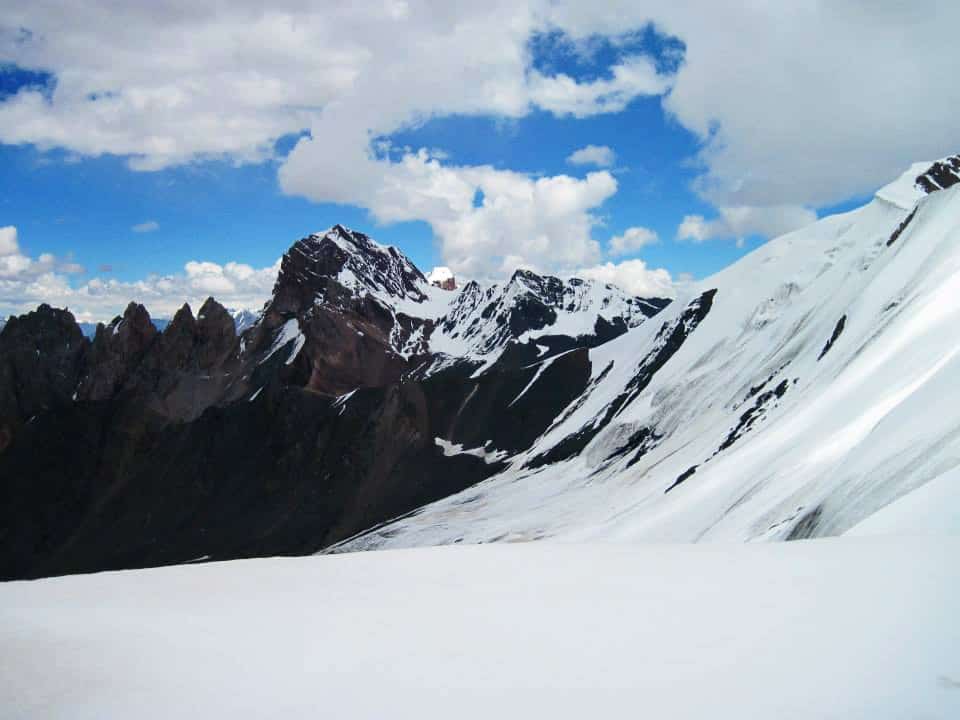
3. Hispar Glacier (Hunza & Nagar Region)
Connecting with the Biafo Glacier, the Hispar Glacier stretches 49 kilometers, forming one of the longest glacier systems in the world. Its rugged terrain attracts trekkers seeking adventure.
Why visit:
- Adventure trekking experience
- Scenic views of Karakoram peaks
- Opportunity to experience local Hunza culture
Tips: Only suitable for experienced trekkers; proper gear is essential.

4. Siachen Glacier (Gilgit-Baltistan)
Known as the world’s highest battlefield, the Siachen Glacier is about 76 kilometers long. While much of it is restricted due to military presence, its sheer scale and location make it legendary.
Why visit:
- Extreme environment with unparalleled snow and ice formations
- Important for scientific research and climate studies
Tips: Civilian visits are limited; trekking in nearby areas is possible with permits.
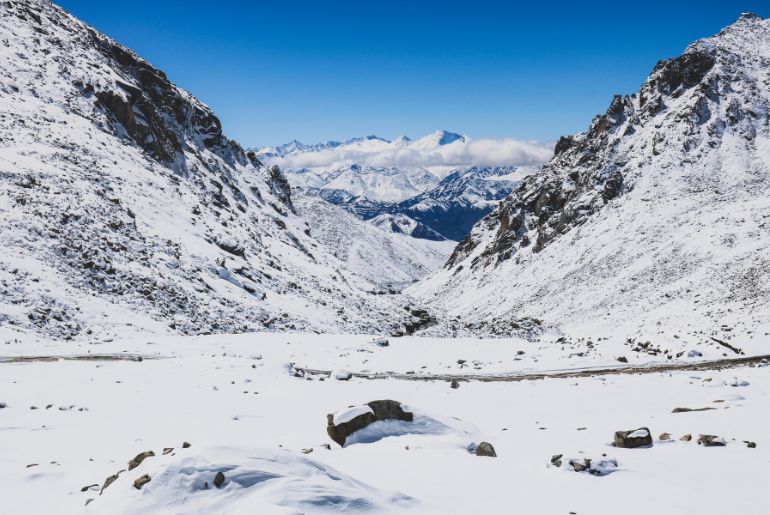
5. Passu Glacier (Upper Hunza)
The Passu Glacier is smaller but no less stunning. Located near the famous Passu Cones, it is ideal for casual trekking and photography.
Why visit:
- Accessible to tourists and photographers
- Scenic combination of glacier, peaks, and Hunza River
Tips: Best time to visit is from May to September.
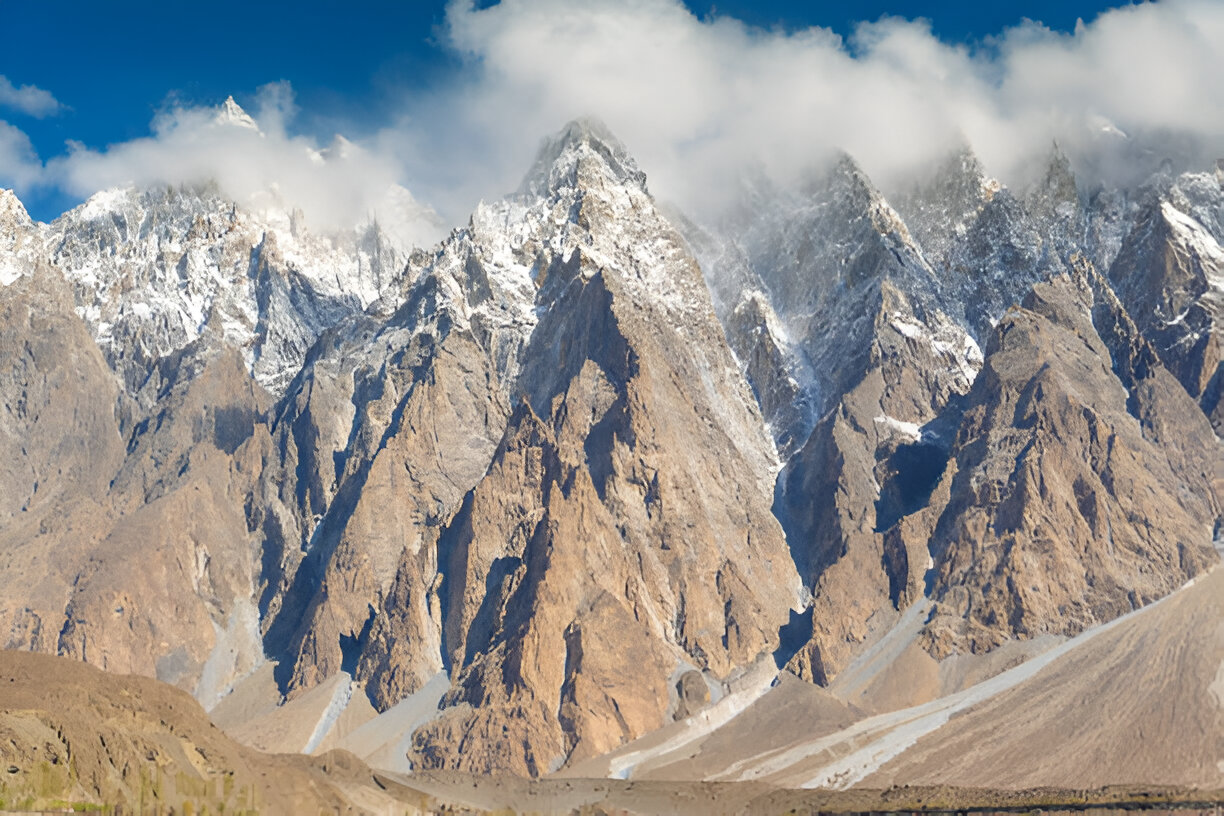
6. Rakaposhi Glacier (Gilgit-Baltistan)
Located near Rakaposhi peak (7,788 m), this glacier offers panoramic views and is part of the Nagar Valley trekking routes. Its serene environment contrasts with the high-energy Baltoro and Batura glaciers.
Why visit:
- Stunning sunrise and sunset views over snow-covered peaks
- Trekking trails for intermediate adventurers
Tips: Combine with a visit to Rakaposhi Base Camp for a full experience.
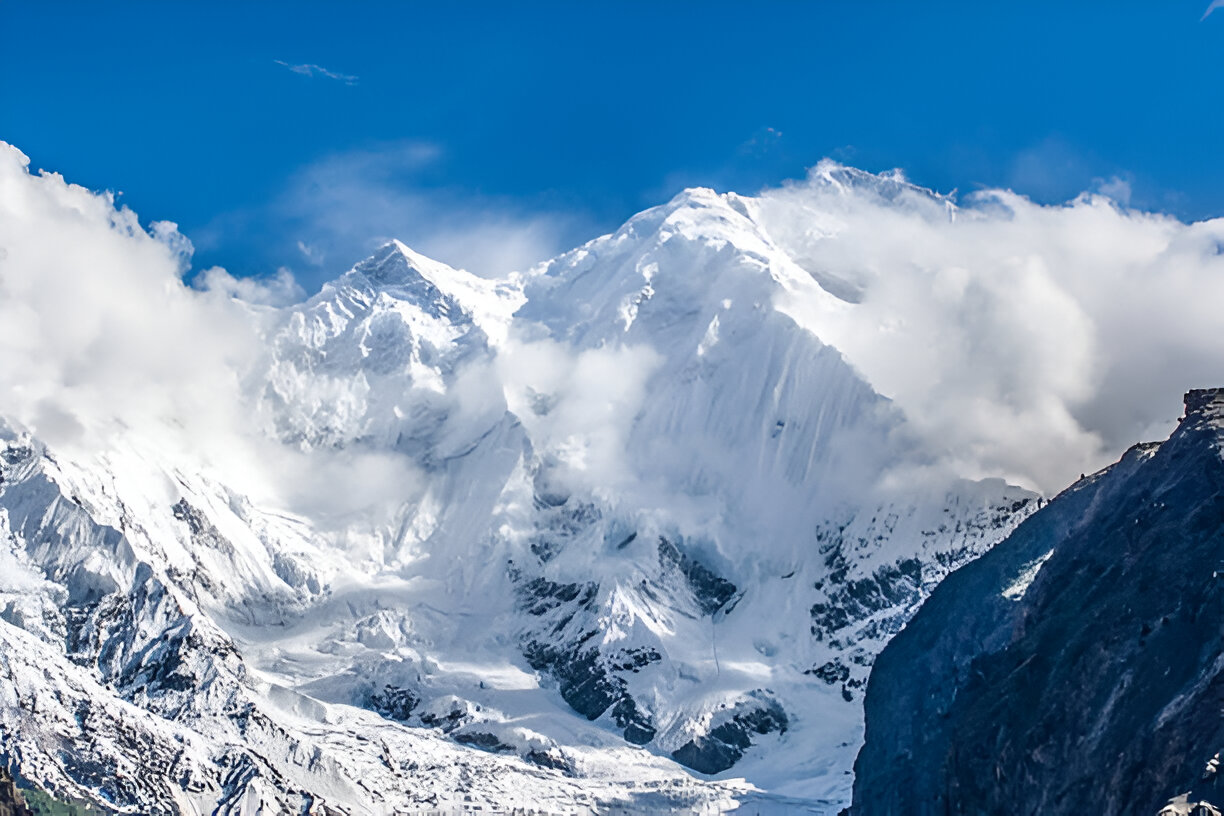
7. Other Notable Glaciers
- Hindukush Glaciers: Spread across northern Pakistan, lesser-known but picturesque
- Passu-Sarat Glacier: Popular among photographers
- Chogo Lungma Glacier: Remote, spectacular ice formations near Shimshal Valley
Importance of Glaciers in Pakistan
- Water Supply: Glaciers feed major rivers like the Indus, supporting agriculture and drinking water.
- Tourism & Adventure: Trekking, mountaineering, and photography attract tourists worldwide.
- Scientific Research: Climate change studies, glaciology, and biodiversity rely on glacier data.
- Ecosystem Support: Glacial melt sustains flora, fauna, and human settlements downstream.
Challenges & Conservation
- Climate Change: Glaciers are retreating due to rising temperatures.
- Environmental Threats: Deforestation and unregulated tourism can disrupt delicate ecosystems.
- Conservation Efforts: Promote eco-tourism, follow trekking guidelines, avoid littering, and support local environmental initiatives.
Practical Travel Tips
- Best time to visit: June–September for safer trekking and pleasant weather.
- Permits: Some glaciers require trekking permits; check with local authorities.
- Gear: Warm clothing, trekking boots, crampons, sunglasses, and sunscreen.
- Guides: Always hire local guides for safety and navigation.
Conclusion
The glaciers of Pakistan are natural wonders that define the country’s northern landscapes. From the grandeur of Baltoro to the serene beauty of Passu, these icefields are perfect for adventurers, photographers, and nature lovers alike. Visiting them is not just a journey into Pakistan’s majestic mountains—it’s an experience that connects you with the raw, untouched beauty of the Himalayas and Karakoram ranges.
